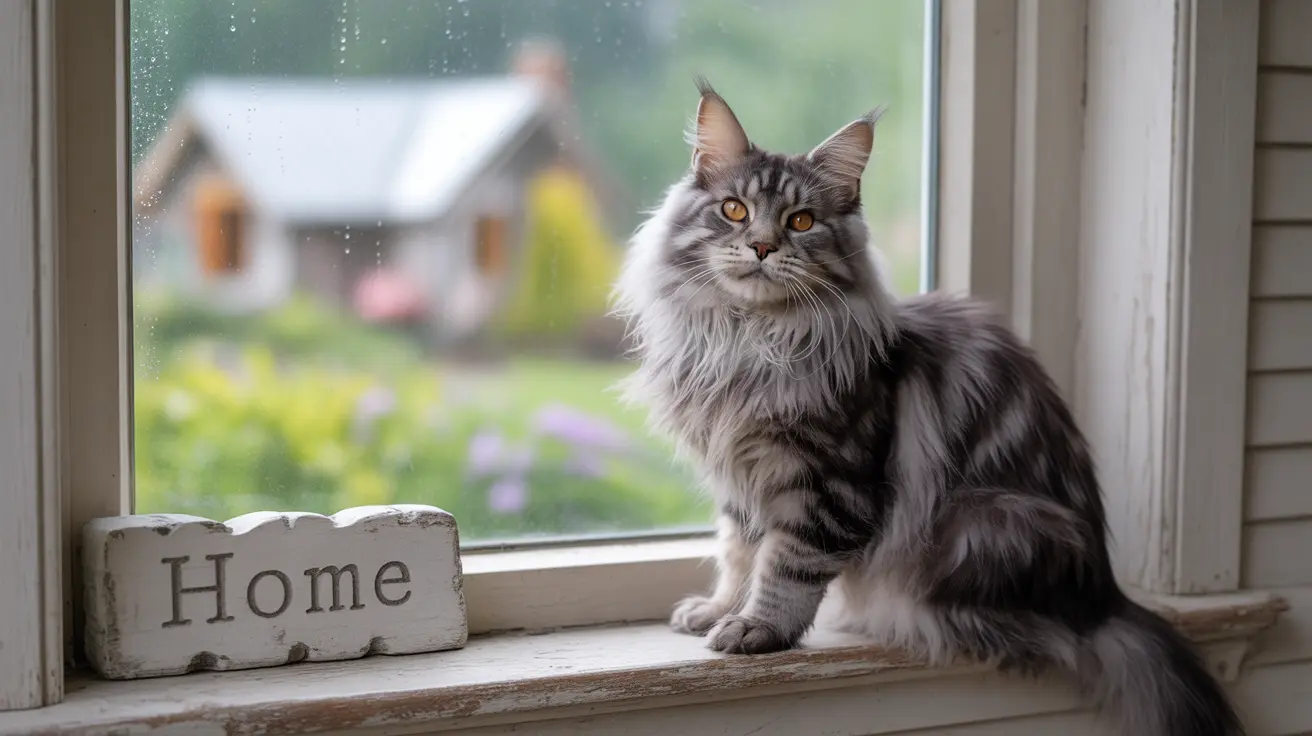The Science Behind Feline Attachment
Contrary to popular belief, cats develop strong emotional connections with their human caregivers. Studies have shown that cats can form secure attachment styles similar to human infants and dogs, demonstrating that they rely on their owners for comfort and security.
These bonds are particularly evident in cats who have been properly socialized during their critical development period between 2-7 weeks of age. During this time, positive human interaction helps establish lasting emotional connections that influence how cats respond to separation later in life.
Signs Your Cat Misses You
Behavioral Changes
When cats experience sadness or anxiety due to their owner's absence, they may exhibit various behavioral changes:
- Excessive vocalization or unusual meowing patterns
- Changes in eating and sleeping habits
- Destructive behavior or scratching
- Inappropriate elimination outside the litter box
- Over-grooming or excessive self-grooming
- Clingy behavior upon your return
Physical Manifestations
Some cats may display physical symptoms of stress when their owners are away:
- Reduced appetite or complete food refusal
- Lethargy or excessive sleeping
- Digestive issues
- Increased shedding
- Visible agitation or restlessness
Supporting Your Cat During Absences
Creating a supportive environment can help minimize your cat's distress during your absence:
- Maintain familiar routines before departure
- Provide engaging environmental enrichment
- Consider automated feeders and interactive toys
- Leave clothing with your scent
- Arrange for regular check-ins from a trusted pet sitter
The Role of Environmental Enrichment
A stimulating environment can significantly reduce separation-related stress. Consider implementing these elements:
- Window perches for outdoor viewing
- Climbing structures and hiding spots
- Puzzle feeders and treat-dispensing toys
- Multiple resting areas throughout the home
- Background music or cat-specific videos
Frequently Asked Questions
Do cats get sad or show signs of missing their owners when left alone?
Yes, cats can experience sadness and show signs of missing their owners through behavioral changes such as excessive vocalization, changes in eating habits, and increased neediness upon return.
What are the common signs of separation anxiety in cats?
Common signs include excessive meowing, destructive behavior, inappropriate elimination, changes in appetite, over-grooming, and clingy behavior when the owner returns.
How can I tell if my cat has separation anxiety when I leave the house?
Look for signs like increased vocalization before or after you leave, destructive behavior, elimination outside the litter box, and changes in eating or sleeping patterns.
What can I do to help my cat cope with being alone during vacations or extended absences?
Provide environmental enrichment, maintain routines, arrange for pet sitters, leave familiar scents, and ensure plenty of toys and activities are available.
Why does my cat act differently or seem distressed when I come home after being away?
Cats may act differently upon reunion due to a combination of relief, excitement, and potential stress from the separation period. Some may seek excessive attention while others might appear aloof as a coping mechanism.
Conclusion
While cats experience sadness differently than humans, they are capable of forming strong emotional bonds and can indeed feel distressed when separated from their owners. By recognizing the signs of separation anxiety and taking proactive steps to create a supportive environment, we can help our feline friends better cope with necessary absences.
Remember that each cat is unique in their attachment style and response to separation. If you notice persistent signs of distress in your cat, consider consulting with a veterinarian or feline behaviorist for personalized guidance and support.






